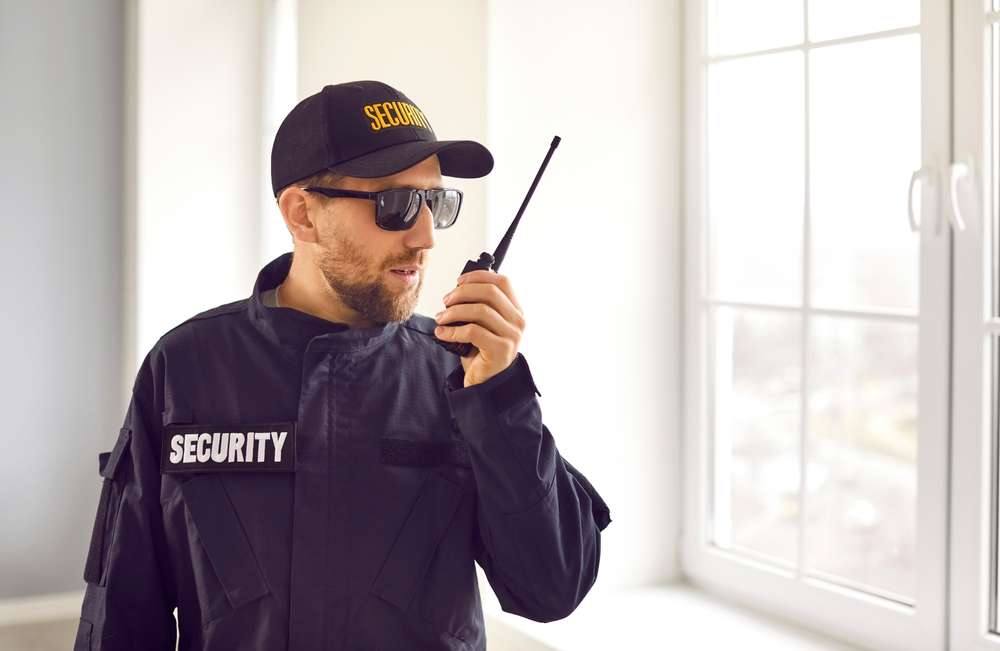Exploring SIA Security Training: Course Options and Career Relevance
SIA security training provides learners with the knowledge and skills needed for roles within the private security sector. This guide outlines common course options, eligibility considerations, and how training may relate to future career opportunities in security services.

What Course Options Are Available Under SIA Security Training
SIA security training encompasses several distinct licensing categories, each designed for specific security roles and responsibilities. The Door Supervision licence covers individuals working as bouncers or door staff at licensed premises, requiring training in conflict management, physical intervention, and licensing law. The Security Guarding licence applies to static security officers, mobile patrol guards, and keyholding personnel, focusing on surveillance techniques, emergency procedures, and legal frameworks.
Close Protection training prepares operatives for personal security roles, emphasising threat assessment, route planning, and advanced security measures. The CCTV (Public Space Surveillance) licence covers operators monitoring surveillance systems in public areas, teaching equipment operation, data protection requirements, and incident reporting protocols. Cash and Valuables in Transit training addresses the specific needs of personnel handling money transportation and secure deliveries.
Vehicle Immobilisation training, though less common, covers wheel clamping operations where legally permitted. Each course type requires completion through SIA-approved training providers, ensuring standardised qualification levels across the industry.
Eligibility and Requirements for Enrolling in SIA Courses
The fundamental eligibility criteria for SIA training programmes include being at least 18 years of age and possessing the legal right to work in the UK. Applicants must undergo criminal record checks through the Disclosure and Barring Service (DBS), with the level of check varying depending on the specific licence type sought. Most SIA courses require a basic level of English comprehension, as training materials and examinations are conducted in English.
Identity verification forms a crucial component of the application process, requiring valid photographic identification and proof of address. Previous criminal convictions do not automatically disqualify candidates, but the SIA assesses each application individually, considering factors such as the nature, severity, and recency of any offences. Certain serious convictions may result in licence refusal.
Physical fitness requirements vary by course type, with Close Protection training typically demanding higher physical standards than basic security guarding qualifications. Some training providers may conduct pre-course assessments to ensure candidates can meet the practical elements of their chosen programme.
How SIA Training Connects to Career Opportunities in Security
SIA certification opens pathways to diverse employment opportunities across multiple sectors. Retail security roles encompass store detectives, loss prevention officers, and shopping centre security personnel. Corporate security positions include office building security, industrial site protection, and event security services. The hospitality and entertainment sectors offer door supervision roles at pubs, clubs, and entertainment venues.
Specialised career paths emerge through additional training and experience. Close Protection operatives may progress to executive protection roles, celebrity security, or diplomatic protection services. CCTV operators can advance to control room supervisory positions or security management roles. Experienced security professionals often transition into consultancy, training delivery, or establishing their own security companies.
Career progression typically involves gaining experience across different security environments, pursuing advanced qualifications, and developing specialised skills. Many security professionals combine multiple SIA licences to increase their employment flexibility and earning potential. The industry also offers management progression routes, leading to security supervisor, area manager, or regional director positions.
SIA security training provides structured entry into a regulated professional sector, offering various specialisation paths and career development opportunities. The comprehensive range of course options addresses different security disciplines, from basic guarding duties to specialised protection services. Understanding the eligibility requirements and training pathways enables prospective security professionals to select appropriate qualifications aligned with their career objectives. As the security industry continues evolving, SIA-certified professionals remain well-positioned to access diverse employment opportunities across multiple sectors, establishing foundations for long-term career development within this essential service industry.




